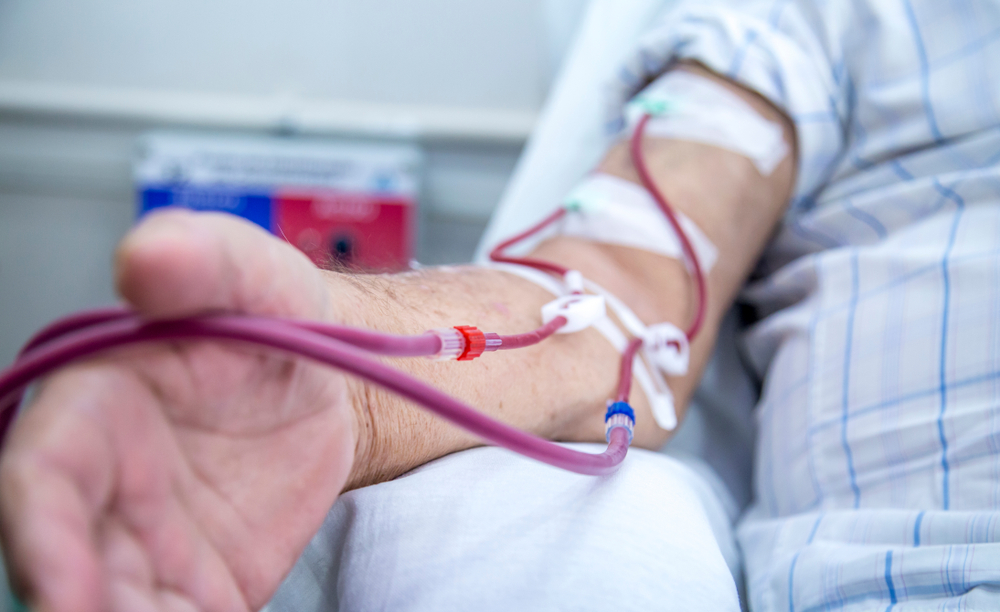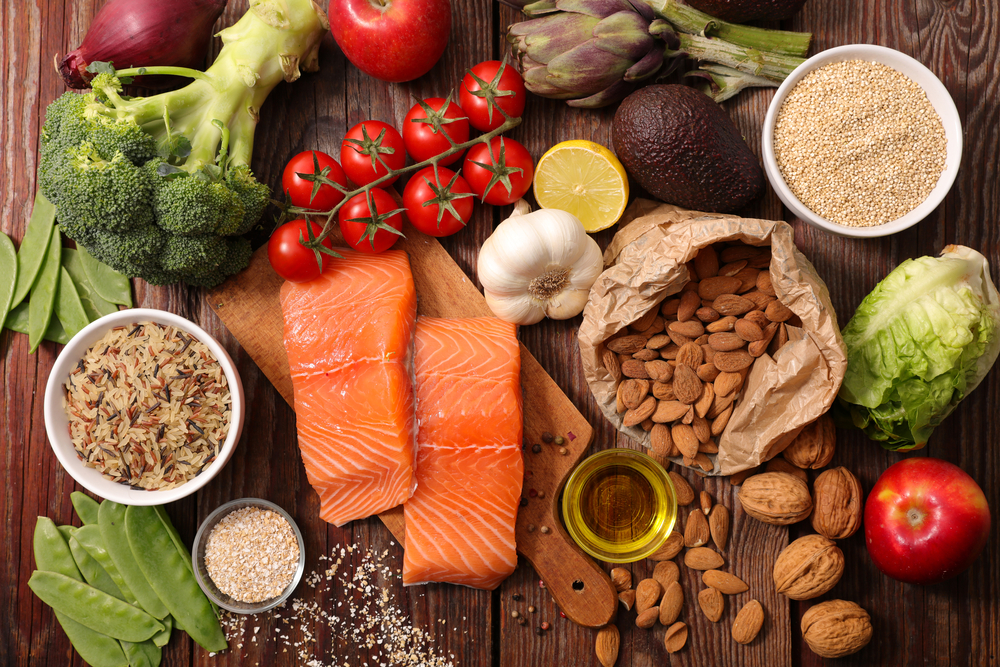Dialysis is a procedure for those who are dealing with kidney failure. With the kidneys no longer working properly, they don’t filter blood the way they’re supposed to. And because there is no filter, waste and other toxins build up in the bloodstream. Dialysis is used as a filter to remove all the toxins and waste from the blood.
There are two types of dialysis: hemodialysis (HD) and peritoneal dialysis (PD). Which one is best for you depends on your doctor’s recommendations and your overall health.
Hemodialysis (HD)
Hemodialysis uses a machine to move your blood through a filter outside your body. This filter is what removes the waste and then the filtered blood is returned to the body. It can be performed at a clinic or at home.
Before hemodialysis can begin, you’ll need a minor procedure. You’ll either have an arteriovenous fistula (AV fistula) where the surgeon connects an artery and vein to the arm or an arteriovenous graft (AV graft) where your surgeon will use a graft or small tube to connect the artery and the vein. These procedures make it easier to access the bloodstream and perform the dialysis.
During hemodialysis, blood is removed from a needle in your arm and the blood is circulated through the filter and moves the waster into a dialysis solution. The filtered blood is returned to the body through a different needle in the arm. While going through hemodialysis, your blood pressure is monitored so the blood flow can be adjusted as needed.
Pros
Some of the pros that come with hemodialysis include:
- it helps control blood pressure
- it balances minerals in the body like potassium, sodium, and calcium
- it can be done in a clinic or at home which means you may not need to travel to a dialysis center for treatment
- it can be more convenient
- there are three types of hemodialysis depending on your schedule and needs:
- standard home hemodialysis: takes place 3 times a week for 3-5 hours
- short daily hemodialysis: 5-7 days per week for 2-4 hours at a time
- nightly home hemodialysis: 3-6 times per week while you sleep
Cons:
Like any procedure, hemodialysis also comes with a few cons as well. They include:
- someone must be there while you’re on dialysis at home.
- special electricity and plumbing may be needed if you have it done at home
- both you and your dialysis partner must take time off work or your regular routine.
- the dialysis machines can take up space in your home.
- if you have it at home, there are no medical professionals to immediately answer questions and concerns.
- in order to prevent treatment problems, patients may need to adhere to a restrictive diet, and fluid intake may need to be limited.
- there can be side effects including low blood pressure (hypotension), muscle cramps, sleep problems, anemia, and fluid overload.
Peritoneal Dialysis (PD)
With peritoneal dialysis, tiny blood vessels inside the abdominal lining (peritoneum) filter blood with the help of a dialysis solution. The solution contains water, salt, and other additives.
This type of dialysis primarily takes place at home and there are two ways to do the treatment. You can either use an automated peritoneal machine called a cycler which pumps the fluid into the body while you sleep or you can have continuous ambulatory peritoneal dialysis (CAPD) which is a manual process.
During peritoneal dialysis, a catheter is connected to a tube and that tube is connected to the bag with the dialysis solution. The solution then goes from the tube and catheter into the peritoneal cavity. Once the bag is empty, disconnect the tube and cap off the catheter. You can go about your daily routine while the solution works. It typically takes 60-90 minutes.
After the solution does its work, remove the cap from the catheter and drain the fluid into a clean, empty bag. This is repeated four times of day if done manually.
Pros
Some of the pros of getting peritoneal dialysis include:
- you have more options and independence with PD since it is done at home.
- compared to HD, you may have fewer negative side effects.
- compared to HD, you may have more freedom in what you can eat.
- no machine is required with CAPD.
- it takes less time.
- with automated PD, you can do dialysis while you sleep.
Cons
- you don’t have any days off as it must be done every day.
- your blood glucose can be more difficult to control if you have diabetes.
- there is the potential for an infection with a catheter.
- you will need a machine with you at all times for automated peritoneal dialysis.
Schedule An Appointment
If you or a loved one are suffering from kidney failure, you have options with dialysis. To discuss your options and what type of dialysis is best for your needs, schedule an appointment with Dr. Gaurav Tandon at the Kidney Clinic of North Florida. Dr. Tandon is a board-certified nephrologist with years of expertise in managing dialysis and treating kidney-related diseases.
To schedule an appointment today, contact our Jacksonville, FL office at 904-593-5333 or use our online scheduling form.




